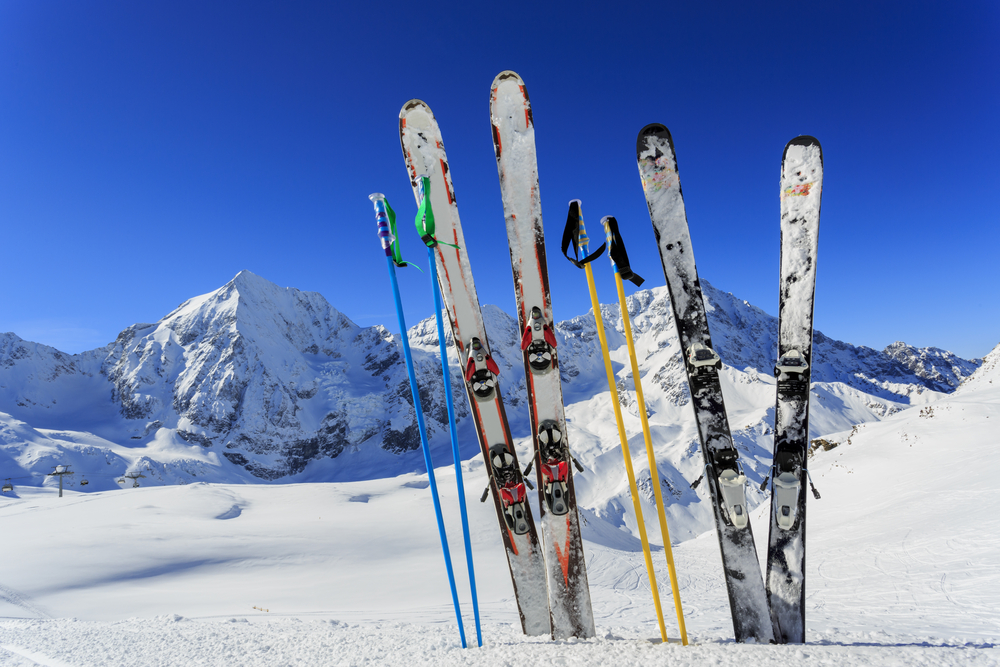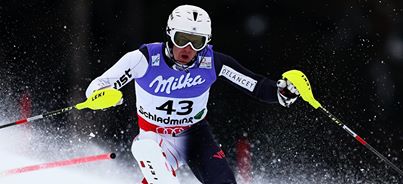Got a winter vacation at a ski resort coming up? While such a trip will be a blast, you also have some learning and tutelage ahead if you never snapped on a pair of skis. Do you remember how it was when you first learned how to ride a bike? You probably dreaded falling over and ended up with a bruised knee and wrist on several occasions before finally getting the hang of it. With skiing, do expect to fall and find yourself sitting on your rear a couple times before finally getting the balance down.
Getting Started
Assuming that you already have your gear, been briefed on safety and been lifted up the hill, you are ready to begin. Just as you need to learn to walk before learning to run, you are going to “walk” on your skis. For the beginner, this is easier said than done and takes some practice. With your knees together, alternate sliding one ski in front of the other without lifting the foot off the ground. If you find yourself losing your balance, then immediately get into a skier’s stance. This is done by forming a V-shape with your skis by turning your knees inward so that the tips of the skis come together.

Straight Run
When you are ready, try your first run at a gentle slope. To slowly descend, lean your body forward so that your arms and shoulders are past your feet and use your poles to maintain your balance. Keep your knees together with the skis pointed sideways. Keep your knees bent and lift your poles off the floor to begin moving down the slope.
Gliding Wedge
Now that you have gotten the hang of moving, it’s time to control the pace of your movement. As mentioned, the skier’s stance is used to maintain your balance; it is also used for slowing your movement. As you gain more confidence, gradually widen the distance of the skier’s stance to accumulate more speed.
Snowplough Turn
When executing a turn, simply assume the same wedge stance and slightly shift your weight to the foot of the opposite direction you are turning. This means shifting weight to your right foot and pointing the ski slightly inwards for a left turn and doing the same with the opposite leg for a right turn.
Once you get the snowplough turn down to a T, then you will transition to the parallel turn, which is more suited for advanced skiers and executed when making a turn without stopping. With the skis parallel and no more than shoulder width apart, shift the weight to the leg opposite of the turning direction.
Additional Tips and Tricks
- Skis – First-timers will likely be renting their skis. As a general rule, shorter skis are easier to handle, and beginners are recommended to rent skis that are about 20-30cm shorter than their height.
- Rent Instead of Borrow – Yes, there are additional fees associated with renting, but when it comes to the essentials, it is imperative to have the right gear that is right for your body height and weight.
- Dress for the Weather – As with any winter sport, dress appropriately and avoid denim and cotton because they are notorious for absorbing moisture. Stick with nylon and windbreakers with additional layers underneath.
- Use the Buddy System – This applies for everyone but especially for beginners. Always buddy up in groups or at least with one other person who has more experience.
Whether you’re looking for ski rentals in Aspen, Steamboat Springs, or anywhere in between, you should make it a priority to get equipment that fits just right. Skiing for the first time is going to be an awkward experience, and there is no need to add unneeded discomfort caused by ill-fitting gear.



